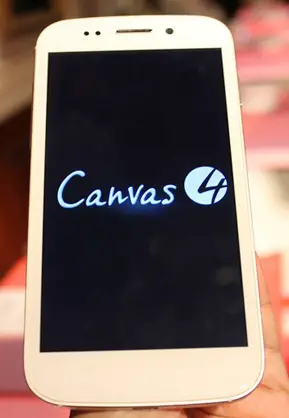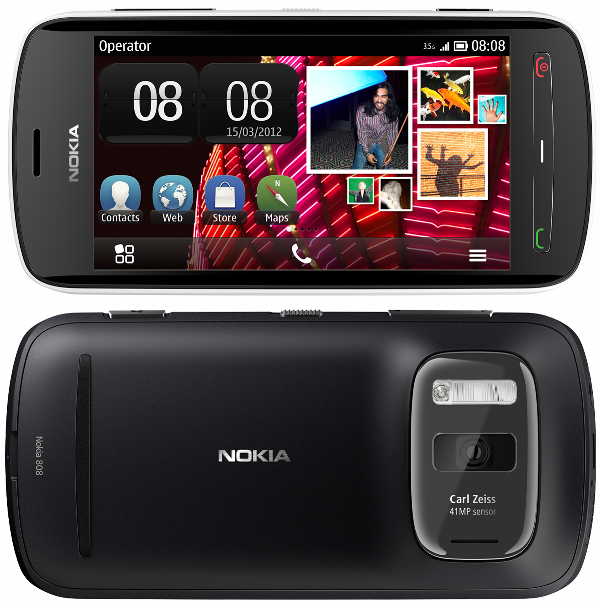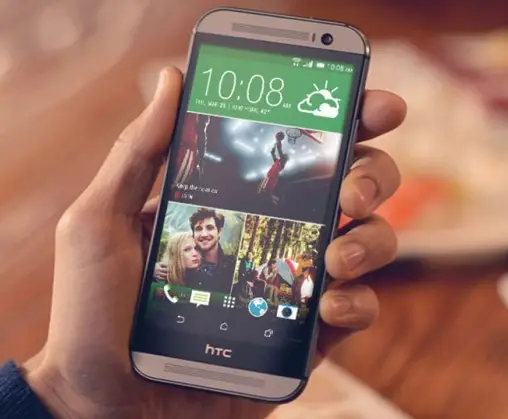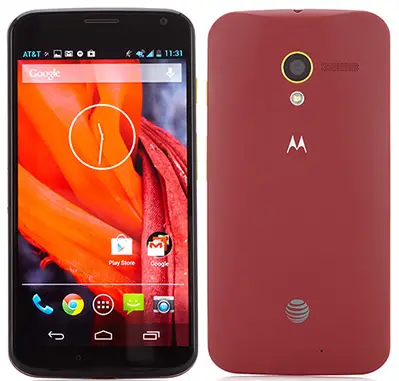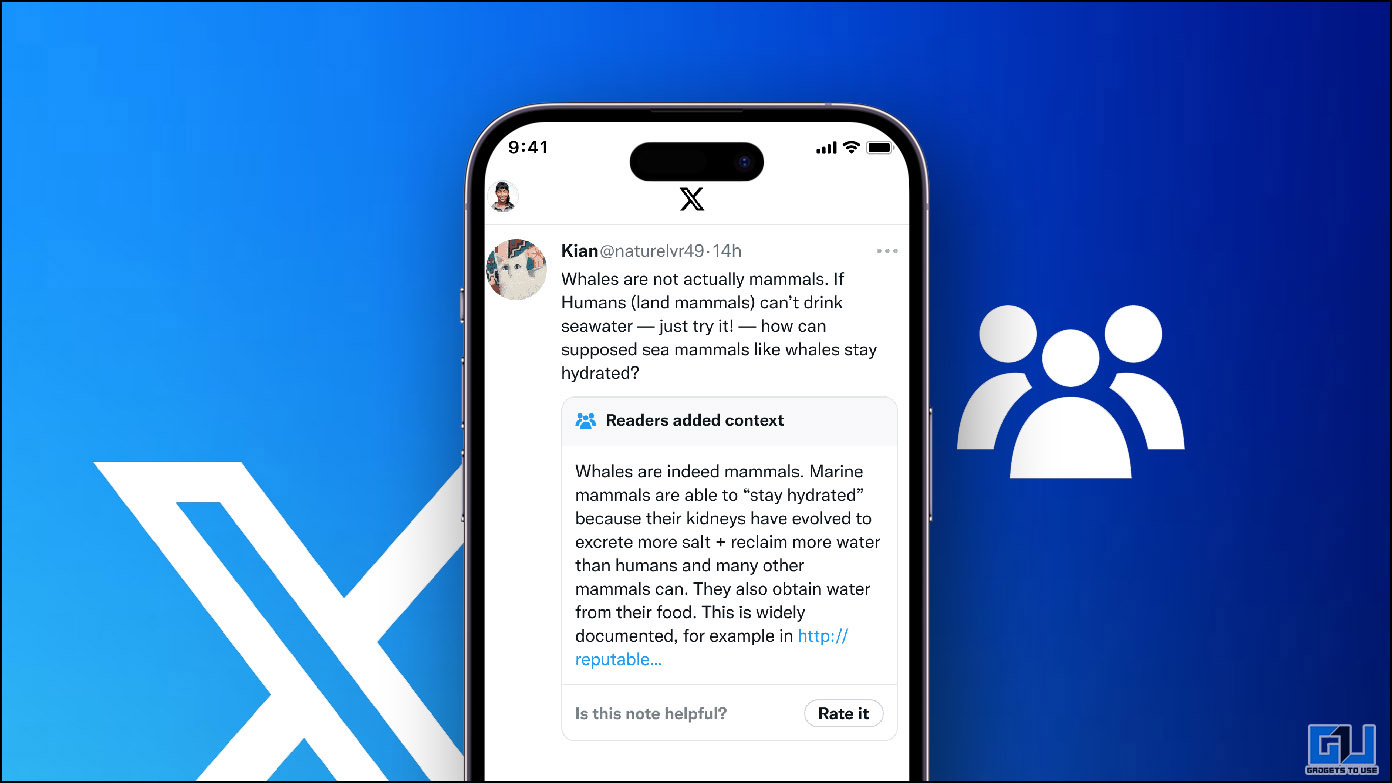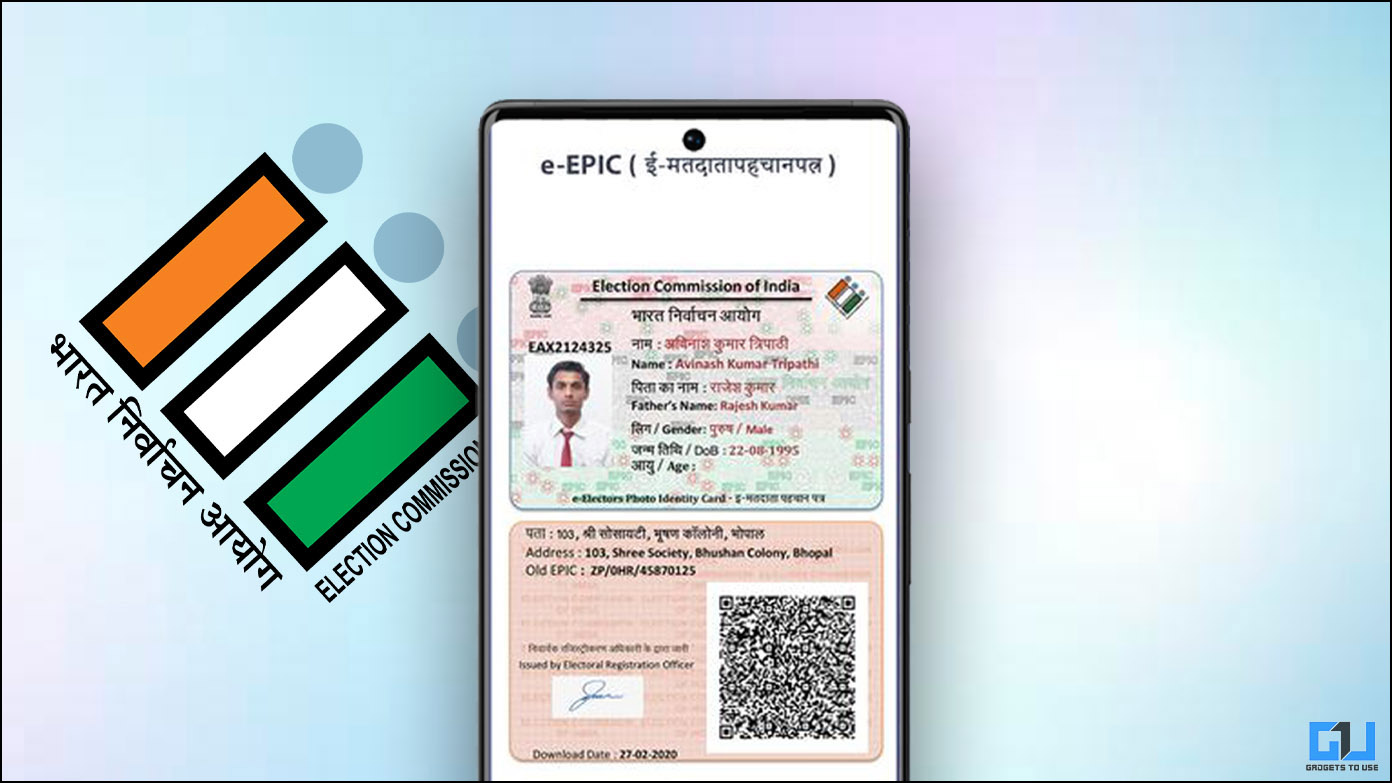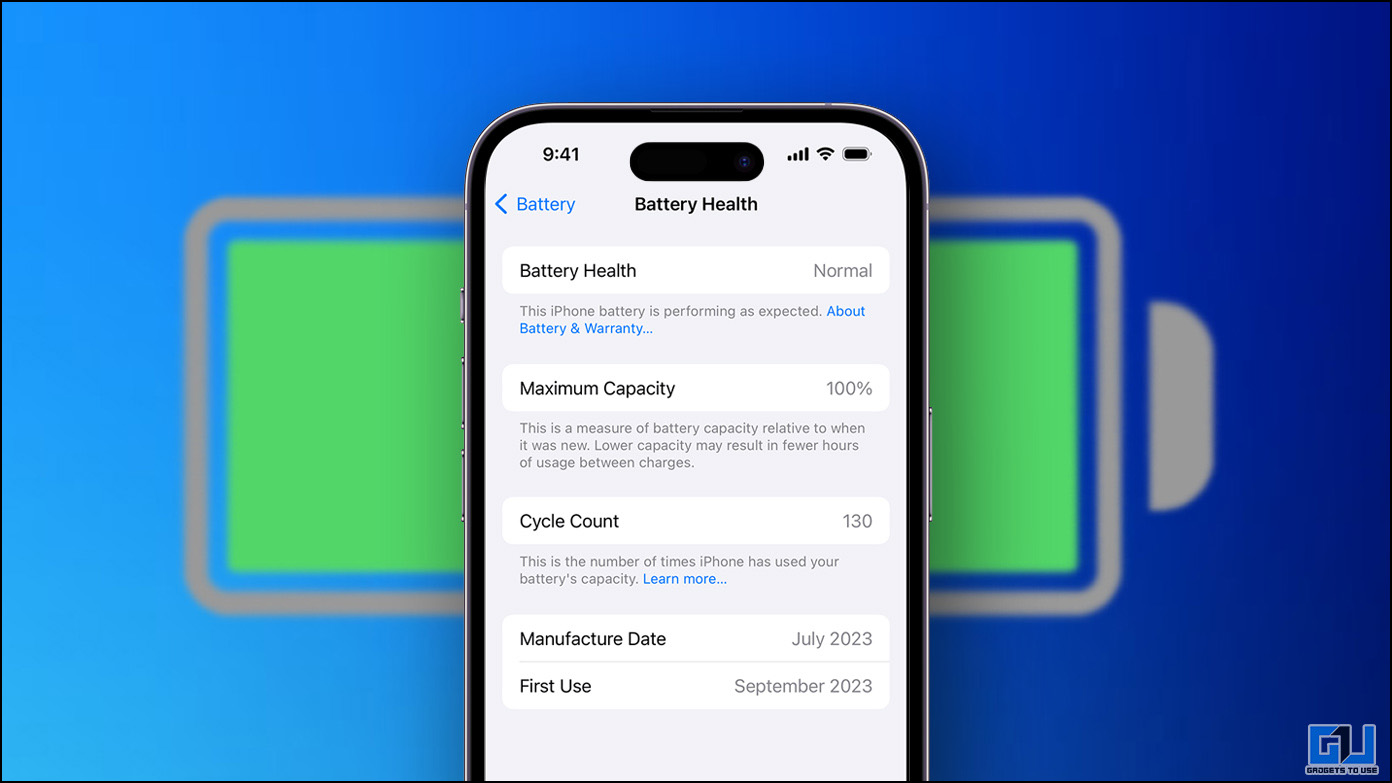The Indian smartphone customer has very specific tendencies which he follows while buying a device. First and foremost, he tends to concentrate on the hardware specifications of a device. The latest 16 MP camera or the newest octa-core processor will entice him more towards a device than the actual performance of the device.
Consider the case of Micromax Canvas 4. This successor to the Canvas HD generated a lot of hype before its launch and customers had flocked to pre-book the device. However, as soon as it became clear that the Canvas 4 had hardware specs which were pretty much similar to those of its predecessor, many users opted to cancel their bookings.
The essential question in front of users is – Is it just the hardware specifications which decide the performance of the device? While no one can deny that a good processor with quality accompanying hardware will provide the user with the device having the potential to be an effective system, this does not always happen necessarily.
For the sake of an example, let us examine the case of the Nokia 808 PureView. The device came with an excellent camera – by far the best amongst all it’s peers. However, it also came with an aging software interface -the Symbian mobile OS – and this is regarded as the prime reason behind the lack of interest amid users where the device was concerned.
In fact, Nokia has been launching most of it’s devices under the Lumia sub-brand with excellent hardware specifications, and provides the consumers with good options especially in the low-price and mid-price segments. The reason why they haven’t been as successful as some manufacturers selling primarily Android Devices is the Windows Phone OS, which is less preferred by the users in comparison to the more open and flexible Android OS. The platform is however growing swiftly and we can expect to see several low cost Windows Phone based phones in the near future.
Compare this with the Canvas 4, which in the end has managed to generate good revenues due to special emphasis given by the manufacturers on the software and introducing some new gesture features such as the Upside silent, Upside speaker, Proximity answer call and calling etc. The popular Chinese manufacturer, Xiaomi, has created a niche for itself in markets by concentrating on software updates, and manages to differentiate itself from other manufacturers by providing this value to the user through software content.
Choosing the right software for the device is as much, if not more, important as choosing the correct hardware. After all, the software platform of the device will define what kind of apps run on your device, and what features will the user thus finally be able to enjoy. What the user realizes after buying a device is that it is the software of the device which he actually interacts with, and what makes the biggest difference in his experience with the device.
However, an argument can be made in favor of the Hardware over the software too. Consider any outdated smartphone running on an updated software – the experience of performing tasks with such a device will turn out to be laggy, irritating and downright awful.
The debate between software and hardware is highlighted when you consider the case of Apple devices. All devices belonging to this American giant – the iPad, iPhone etc – are known for their excellent design and hardware specifications which is their primary USP.
But at the the same time, the central value that the iOS system and the Apple store provides to an Apple user is undeniable. After all, none of us would be willing to buy even the most magnificent looking device with top notch hardware without an appropriate software supporting it. No matter how much muscle a manufacturer puts into the hardware of the device, it’ll all come to nothing if the device lacks the proper software.
The exact opposite argument can also be made for the hardware – iOS or any other software will hold no value if the hardware and design quality of the device is poor. Apple wouldn’t be Apple had it not been supplying the present mix of design, hardware and software to the users that it currently is.
Recent trends by manufacturers point towards an intensified shift on concentrating towards software. Samsung phones are known for the software differential they provide to the user – the Air View feature for the latest Samsung devices is an example of this. At the same time they provide hardware differentials too – the Note series without the S-Pen would not have achieved the same success that it has, and the S5 comes with a new fingerprint scanner on its Home button.
Similarly, the Google Nexus Phones/Tablets might be sought after for a number of reasons, but one of the most important of them is the easy and immediate availability of Android updates with the devices. HTC One M8 is being launched with new motion launch gestures, battery saving features and an updated BlinkFeed app.
Manufacturers are now confident enough to launch their products with the promise of better software capabilities amongst competitors having comparatively better hardware. Examining the new Moto X which is available for Rs.23999, we find that there exist many devices with similar or lower price tags which are available with better hardware, at least on paper.
The Sony Xperia T2 Ultra and Samsung Galaxy S3 Neo are available in the same price range and carry Quad Core processors as compared to Moto X’s dual core one. Micromax Canvas Knight goes one steps ahead – an octa core processor is available for lesser price.
While the actual performances of these devices considering all software and hardware factors in comparison to Moto X’s performance can be an issue of debate, it could be extremely difficult for Moto X’s manufacturers to justify why the user should consider a dual core processor over octa and quad core ones.
The justification arises from the software features Moto X promises to its users – especially the Touch less control functionality. Rather than being a gimmick for sales, this feature is actually useful and aims to redefine how you interact with your cellphone. So all-in-all the Moto X offers great high end performance (even with dual core), good battery life and extraordinary software features to provide the user with a complete package.
An open and adaptable software has made users partial to the Android OS today. Easy app availability with a number of free or low cost apps and empowering the user to make changes to his device effortlessly and as per the user’s desire has ensured that it remains the preferred mobile Operating System for users around the world.
Conclusion
It can be hard to determine whether software scores one over hardware or if it is the other way for a smartphone/tablet device. In the end it comes down to the preference of the user in determining what matters more to him. The right mix of good hardware and software is what the user should look for in his device and what the manufacturers should aim to provide.
If you are choosing a high end or mid range smartphone, its always better to go for the one with the best software according to your taste because in day to day usage a mismatched software will do you much harm and a well suited one will enhance your experience many folds. For budget devices, keep an eye on the hardware as a software with lag, no matter how advanced, will be troublesome.
